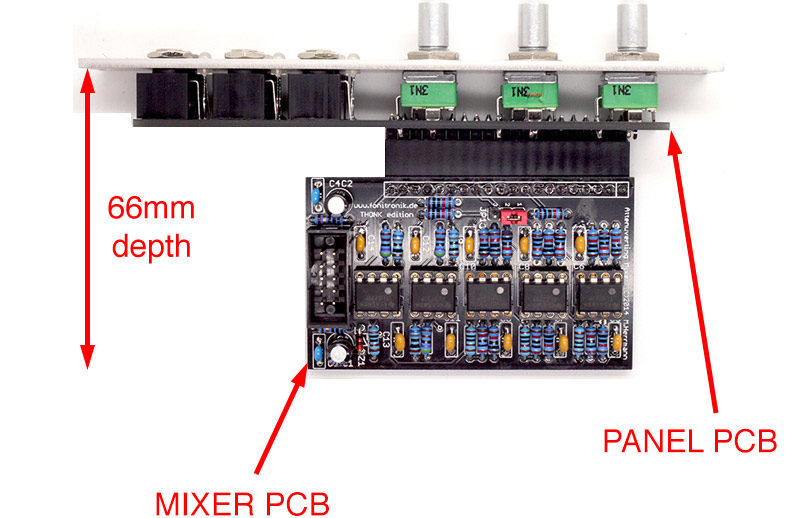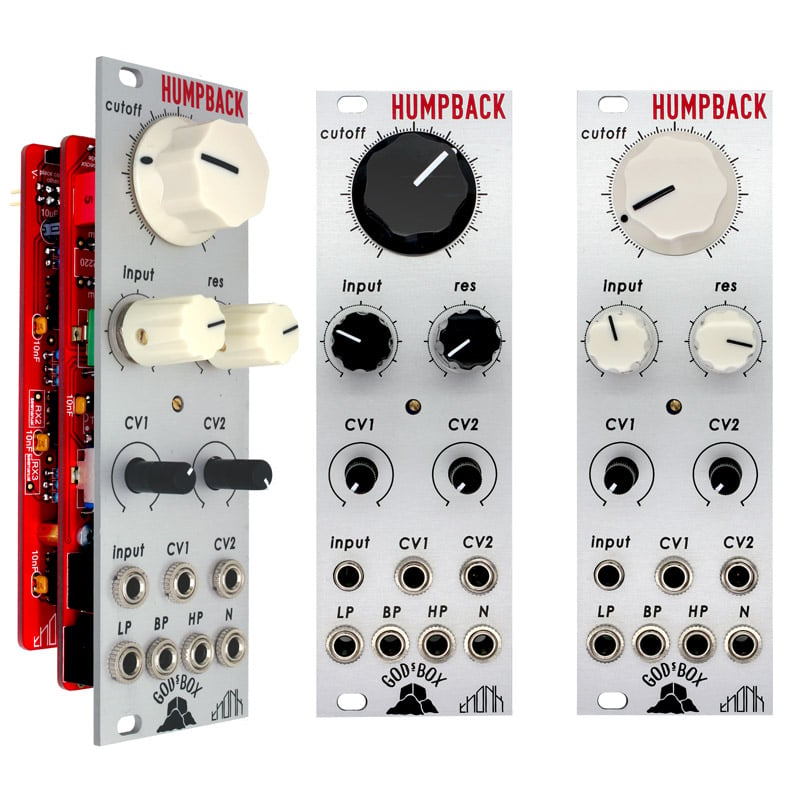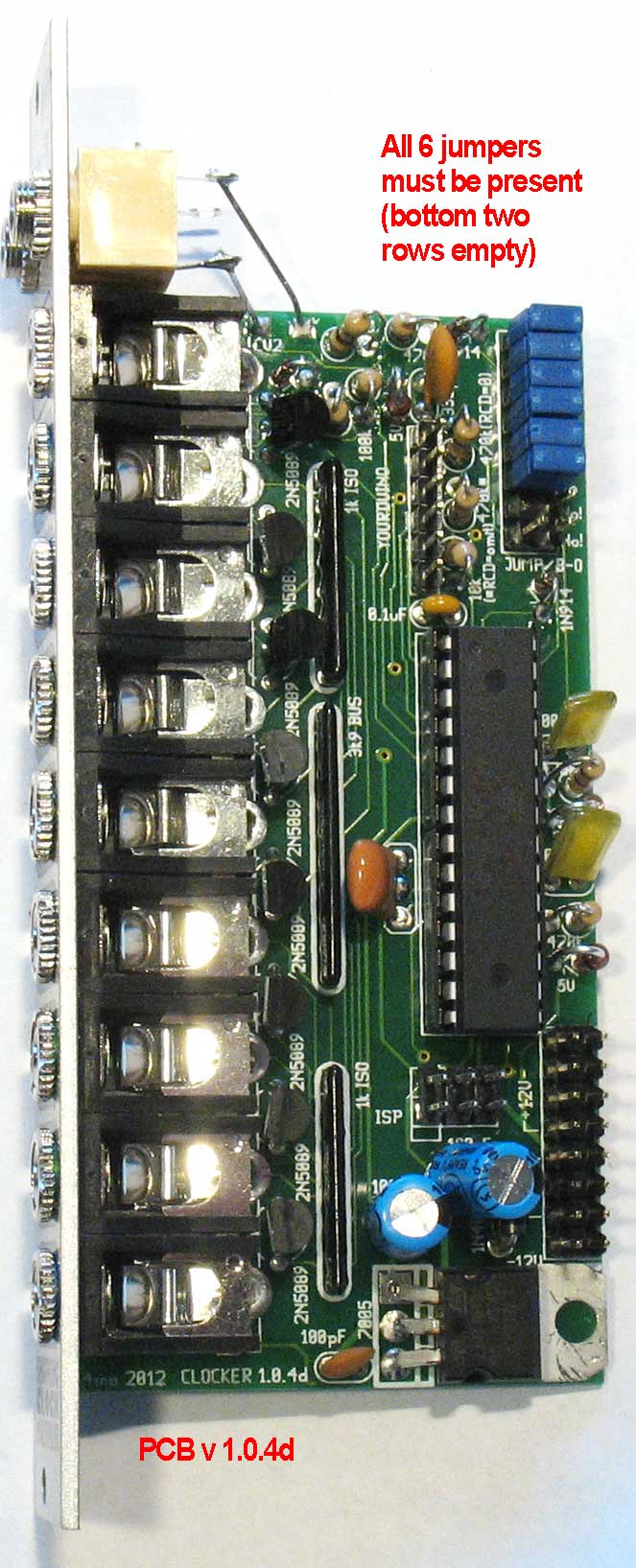PATHS – A Cycling Sequential Switch
A 4:4 cycling sequential switch, featuring simultaneous forward/reverse stepping, hold, reset, and an additional voltage controlled mode based on the same design as our VC Sequencer. Also on board are push buttons for each function enabling you to play and perform the switching with a more human input.
This sequential switch will do all your standard 1>2, 1>3, 1>4 or the other way around with great real-time as well as external voltage controllability.
But its when you start playing around with multiple sources and destinations that things start getting fun and weird! You could for instance shuffle around four different trigger patterns to trigger four different percussive generators for interesting variations, or why not 4 oscillators shuffling between 4 different destinations, panned and processed in various ways?
Whatever your sequential switch application might be, we’re confident the Paths is up to the task!
Just like the VC Sequencer it is clockable by very high clock rates and CVable with full audio range. All for your experimental waveshaping duties.
In CV mode there is two CV inputs. The one that shares the reverse clock input is full wave rectified and the one that shares the forward clock input is half wave rectified. It uses an active rectifier without voltage drop or a dead zone around 0V. The steps toggle switch and the red buttons are inactive in CV mode.
When I/O1 is connected to O/I1, I/O2 is connected to O/I2 and so on.
When I/O1 is connected to O/I2, I/O2 is connected to O/I3 and so on, and I/O4 is connected to O/I1.
When I/O1 is connected to O/I3, I/O2 is connected to O/I4 and I/O3 is connected to O/I1 and so on.
All the routings can be seen in the picture linked here.
Kits comes supplied with PCBs, front panel (PCB material), component kit, power cable and mounting screws. Solder and tools are not supplied.
Recommended Retail Price in SEK excl. VAT/sales tax.
SEK 999 for the DIY kit (Convert to EUR, USD, GBP)
Price for PCB*/Panel only and assembled TBA.
Download assembly instructions and BOM here (2.7MB).
Download schematics here.
Basic specifications
Width: 8 hp
Depth: 46 mm.
Power: +12V 30 mA / -12V 8 mA
 <%
<%




 The God’s Box ‘Humpback’ kit is produced exclusively in collaboration with Thonk.
The God’s Box ‘Humpback’ kit is produced exclusively in collaboration with Thonk.